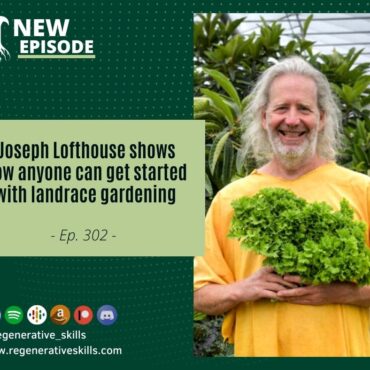
Joseph Lofthouse shows how anyone can get started with landrace gardening
I’ve been looking forward to today’s session for a good couple months now. Though it’s been years since I got excited about seed saving and heard the first little bits […]
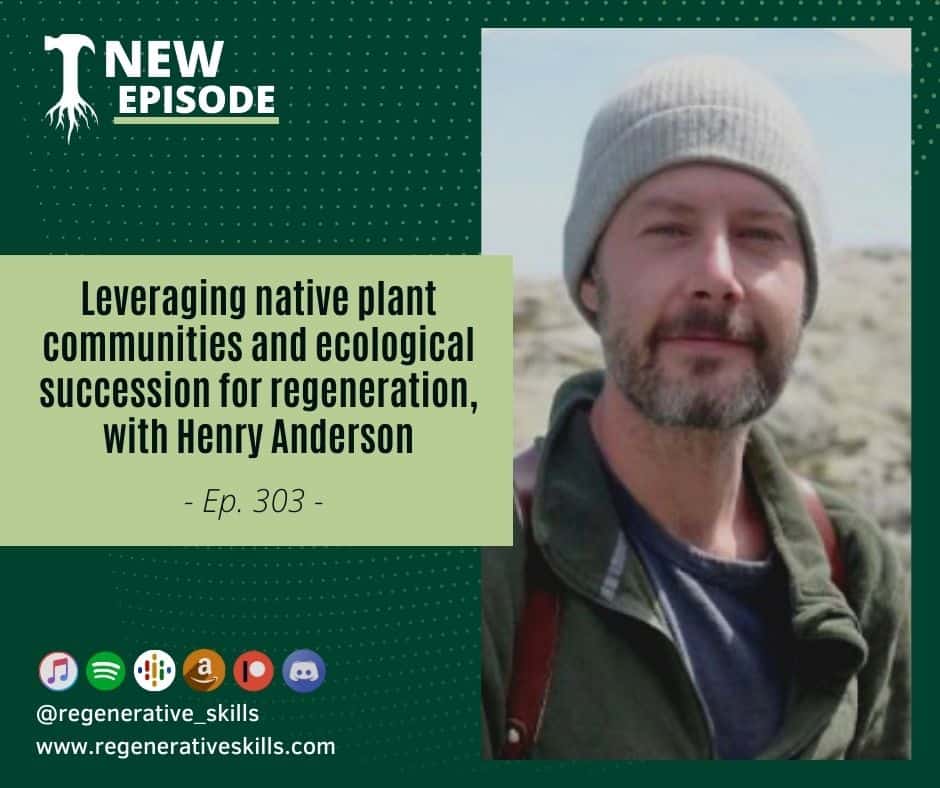

One of my favorite topics to explore on this show is how other people with unique skill sets and talents look at the natural world and the ecological design process. I’ve been fortunate in my network of designers, educators, farmers, and academics to peer into the specialties of ecological understanding and design thinking from many points of view, and today is one of those opportunities.
I first met Henry Anderson through a design project that our mutual friend Juan Pablo was working on in Portugal through the Climate Farmers Pioneer program. We were looking at a feasibility test for a 50 hectare plot that some investors were considering as an investment in regenerative agriculture. Juan Pablo introduced me to Henry as a colleague who would look into all the potential for leveraging native plant communities for ecological restoration and high value crops. I was immediately impressed by Henry’s extensive knowledge of biomes and plant communities in Portugal and together we all developed a really elegant mixed agroforestry design for the clients.
Long story short, the investment wasn’t picked up, but all three of us have been good friends ever since and now I’ve got Henry back to share some of his knowledge and experience as a biologist and designer.
Henry is a Scottish multi-disciplinary designer based in Lisbon, Portugal with a background in landscape architecture, urban design and ecological planning. He has accumulated over fourteen years of professional experience working for leading architectural and landscape offices around the world, including in Australia, the Netherlands, Germany, United Kingdom and Portugal. Henry now specializes in delivering best practice regenerative solutions for landscape architecture, agriculture and ecological restoration projects within the Mediterranean biome, and follows an ecology led process that delivers multi-functional outcomes specific to each project’s unique context.
In this conversation we talk at length about the process by which Henry starts to assess and investigate the state of ecological health and identify the plant and wildlife on a site, essentially his form of reading a landscape. We also look at the tools and resources that can expand the research process and give insights into historical land use and plant communities to open up more options for a design.
Together we also dissect the concept of natural succession and how you can leverage this trajectory to enhance and speed up the development of your project, and a lot more as well.
For those of you who love the deeper science of ecology and biology, but find the academic approach to it a bit too disconnected, this is the interview for you since Henry has a unique way of explaining and making connections between the abstract concepts and real life applications.
Links:
https://www.instagram.com/henry__jpa/
Tagged as: native plants, biology, ecological succession.

I’ve been looking forward to today’s session for a good couple months now. Though it’s been years since I got excited about seed saving and heard the first little bits […]
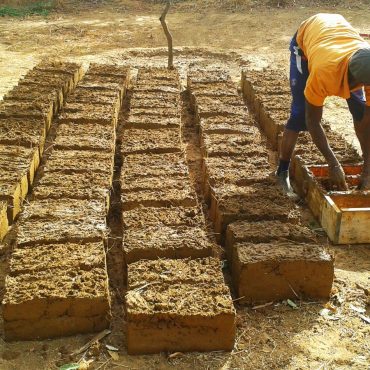
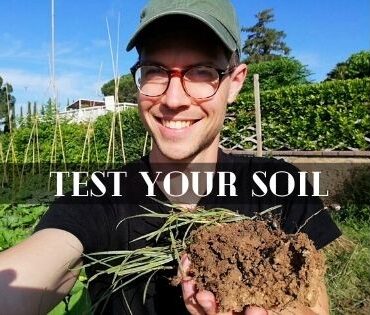
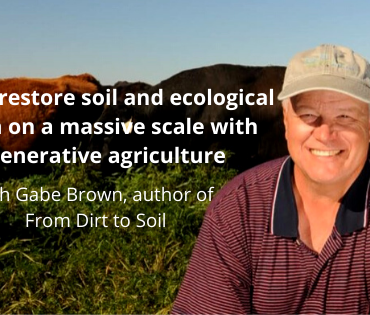
Copyright Regenerative Skills 2021
Post comments
This post currently has no comments.